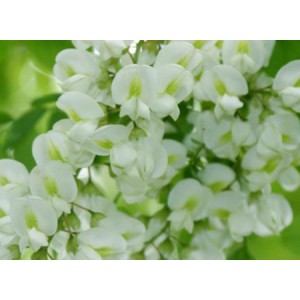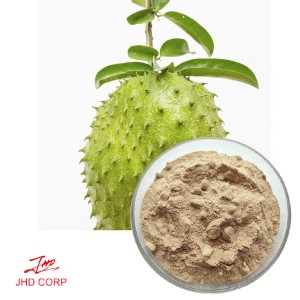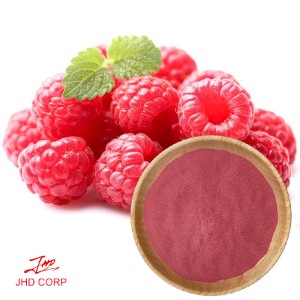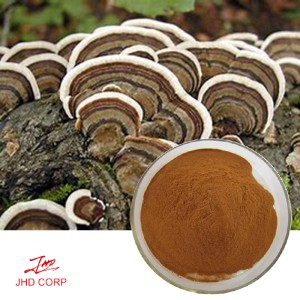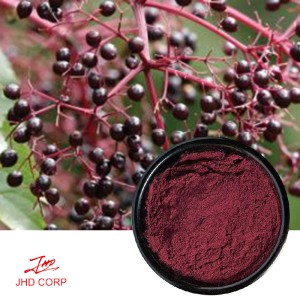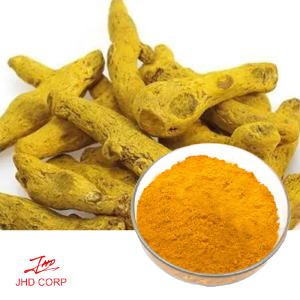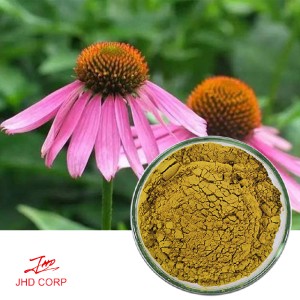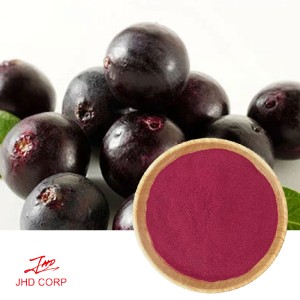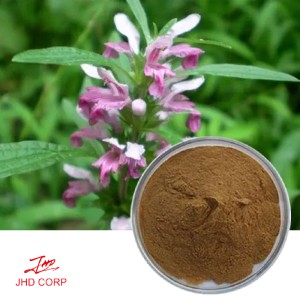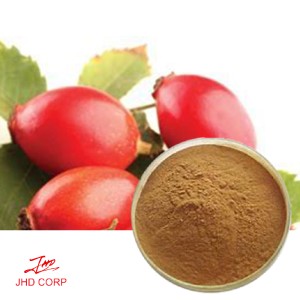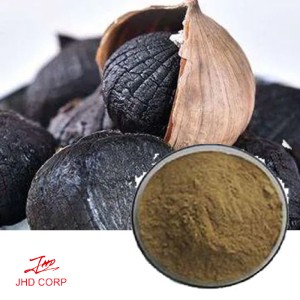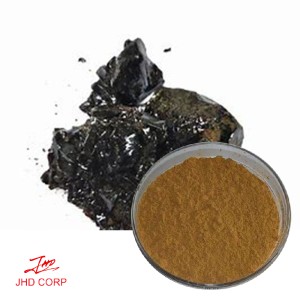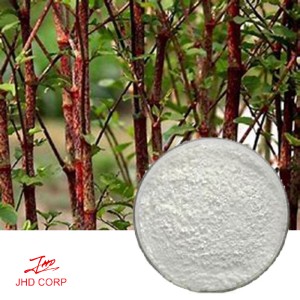Quercetin dihydrate has better bioavailability than regular quercetin
Quercetin is found in plant foods, including green leafy vegetables, tomatoes, berries and broccoli. It is a flavonoid antioxidant and a plant pigment that helps plants develop their colors.
The reason why sophora japonica extract quercetin is favored by the market is that many studies have shown that quercetin is an important component involved in fighting free radical damage, and has positive effects on anti-aging and anti-inflammation.
While you can get plenty of the vitamin from a healthy diet, some people also take the compound in concentrated supplement form, which has stronger anti-inflammatory effects.
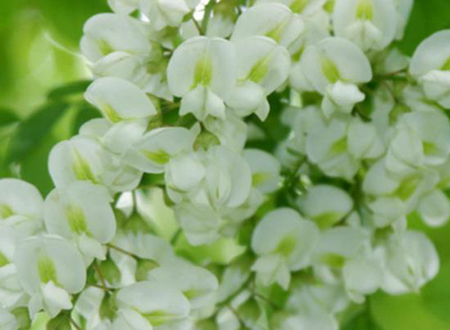
Quercetin VS Quercetin Dihydrate
It should be noted that because quercetin is a compound with low water solubility, low stability and low bioavailability, which means that high doses (500-1000 mg) must be used to achieve the desired biological effect, so the market chooses more bioavailable quercetin dihydrate.
Secondly, when taking quercetin dihydrate supplements, vitamin C or bromelain can be combined so that the body can better absorb them.
Which foods are rich in quercetin?
Various red, green, and purple-pigmented plants are rich in quercetin, for example, red wine, blueberries, apples, red onions are the best sources.
Dosage of quercetin dihydrate:
There is no recommended daily intake of quercetin dihydrate so dosage recommendations may vary based on your medical condition.


